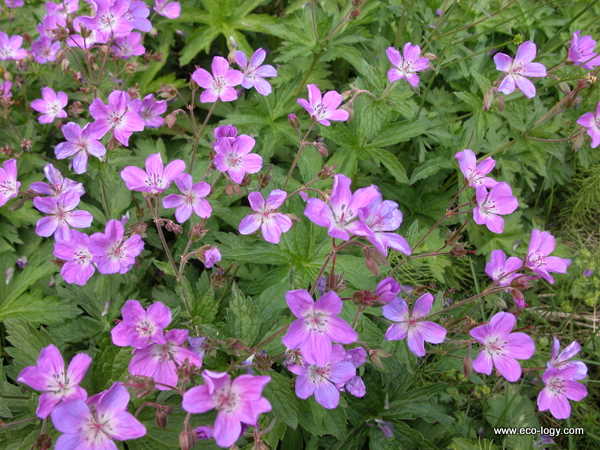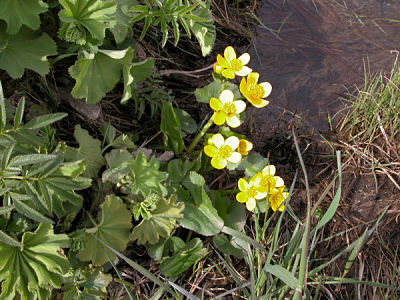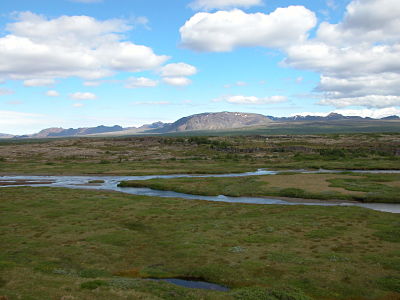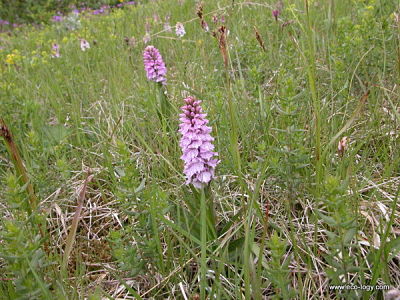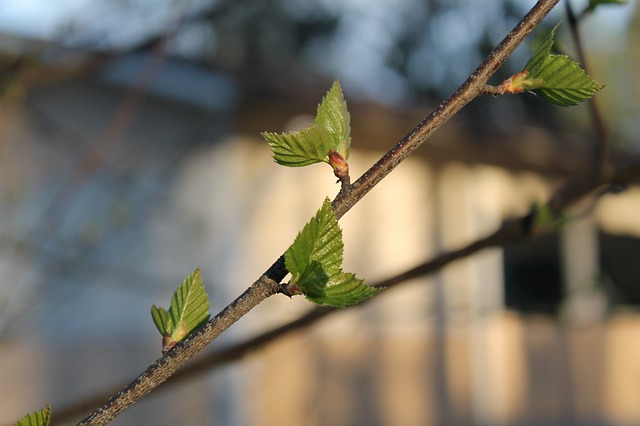Green tabloid: Global warming
Most of the sunlight reaching the Earth is in the spectrum of visible light. The radiation emitted from the Earth has longer wavelengths than the incoming radiation. The gas molecules of the atmosphere absorb a fraction of the long wavelength radiation from Earth. The denser the concentration of gases, the more heat is trapped near the Earth and as a consequence Earth’s surface temperature increases. Mankind is contributing to an increase of this warming or greenhouse effect of the atmosphere. The general warming of Earth’s climate systems during the last two centuries is called global warming, most of this recent warming is thought to be the result of human activity. Global warming is expected to increase in the future causing shifting ranges of plant populations with regard to latitude and altitude and population decline for species that are unable to adjust. The whole ecosystem and food webs are also under threat.
Gasses that participate in trapping the planet’s heat emission are called greenhouse gasses. The most common ones in the atmosphere are water vapour and carbon dioxide. Carbon dioxide plays a central role in the Earth’s chemical cycling and ecosystems, being a key component of both terrestrial and marine ecosystems. It enters the ecosystems through the process of photosynthesis in green organism; plants, algae or photosynthetic bacteria. Other gas types that add to the greenhouse effect are to a large extent by-products of human activity, among them are methane, ozone and nitrous oxides. The effect of the different gasses depends in the amount and the type of molecule. For example, methane contributes twenty times more to the greenhouse effect than carbon dioxide. Fortunately, methane is found in a very low concentration in the atmosphere.
The climatic warming underway this century is expected to have a profound effect on the biosphere and species geographic distribution. Global warming could affect agricultural communities and wilderness areas, the hardest hit likely being fragile and sensitive vegetation such as the Arctic tundra and desert areas and their inhabitants. It is therefore important to try and reverse the effect of global climate change.
Fáðu nýjustu fréttir og tilboð frá Þund!
Get updates and special offers from Thund!
